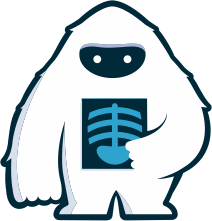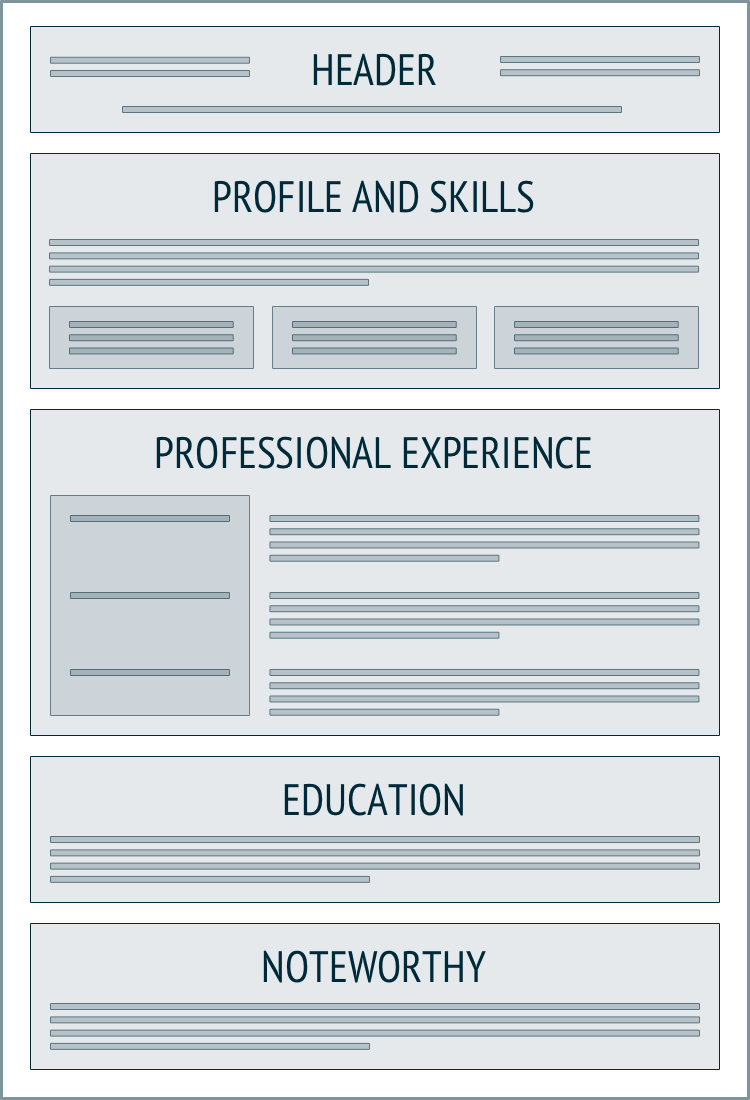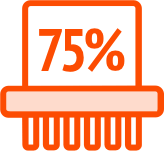
The anatomy of a Perfect Resume
The perfect resume can seem like the legendary Yeti: impossible to find. But there are ways you can optimize your resume to increase your chances of landing a job interview — and eventually getting a job offer.
For the best chance of success, use a combination of a chronological and functional resume format. List your skills and experience at the forefront, and then follow with your employment history. This is a great style of resume to showcase your relevant skills while also providing your work history and specific job duties.
This type of resume helps you advance past applicant tracking systems since you can have keywords at your top profile and skills section, as well as throughout your work history. This is the most common resume format and is preferred by most recruiters and human resource departments.
Before you begin
Whether you're drafting a chronological or a skills-based resume, there are some generic tips to keep in mind.

Easy to read
Even if you're not a writer, your resume must be easy for recruiters to read and understand. If a recruiter can't get an impression in 5–7 seconds, you could be missing out.

Header
Your resume header should be at the top of the page or in a column on the left, with an appropriate amount of white space around it.
What to include
 Name, first and last
Name, first and last
 Phone number
Phone number
 Email
Email
What not to include
 Your photograph
Your photograph
 Full address
Full address
You can also choose to include your city and state (especially if you’re applying locally), as well as a URL to your LinkedIn. Just make sure you haven't posted anything that might turn a recruiter off.
Profile and skills
Think of your professional profile section as your elevator pitch — a quick synopsis on who you are and what your relevant skills are. Using a profile and skills section instead an objective gives you the chance to highlight your strengths at the very top of your resume.
This section also gives you an opportunity to add keywords that will help you rank higher with applicant tracking systems.
Key skills
Key skills, here and throughout your resume, will help you rank higher in applicant tracking systems, especially when tailored for the job and industry.
Professional Experience
This is probably one of the most important sections of your resume, and you need to make it shine! Include relevant professional experiences that prove you're the right candidate. Describe specific responsibilities, accomplishments and outcomes. Hiring managers and recruiters tend to skim resumes very quickly so make sure your biggest accomplishments and successes are in the first two or three bullet points under each position.

Reverse chronological order
List your experiences so your most recent or current role is at the top.
What to include
Your professional experience isn't limited to paid jobs. There are some other less conventional experiences you might want to consider including in this section.
Work history
- Include your title, dates held, name of company and a few bullet points outlining responsibilities, accomplishments and outcomes.
- We recommend including a brief description of the company – one to two sentences – as it will help the recruiter or hiring manager better understand your most-recent position.
Internships
- Similar to your work history, note the name of the company, your title and dates held.
- Note any major things you learned that can help you in the job you're after.
Volunteer Experiences
- Volunteer experience shows initiative and passion.
- Don't include every 5k you've ever run. Instead, highlight volunteer experiences that required you to demonstrate leadership or job-specific skills.
Freelance work
- Describe what your freelance services were.
- Remember to include those responsibilities, accomplishments and outcomes!
- If you have any notable clients, be sure to name them.
Research projects
- This is more relevant for industries like healthcare, but if you were involved in any research projects or studies that are relevant, include those.
Part-time jobs
- Part-time jobs need to be included strategically. If you were a server in high school, it's not relevant for that accounting job you want.
Education
Education is an absolute must for your resume. Most employers have some sort of education requirement, so if you don't have it on your resume, they might automatically toss it aside.
What to include:
- Name of the college or university
- Type of degree(s)
- Area of study
What you might want to include:
Noteworthy
The noteworthy section of your resume should come last – it can include technical skills, volunteer experience, awards, languages spoken, etc. You want to round out the story your resume is telling: that you are perfect for the job.
Things to consider
Here, you can list things like other honors and awards you’ve earned, any technical skills, certifications, foreign language competencies, professional affiliations, extracurricular activities and causes, training and courses.
Questions to ask yourself:
- Is this relevant?
- Is this impressive?
- Does this show off my personality?
- Does this demonstrate my ability to succeed in this job?
Closing Notes
The following tips apply to all sections of your resume. Keep them in mind both while you're creating your resume and when you're finished with it.
Ready to build your perfect resume?
Or maybe you'd rather encounter an abominable snowman than even think about writing your resume on your own. With our resume templates, you could land your dream job in as little as 30 days!

















